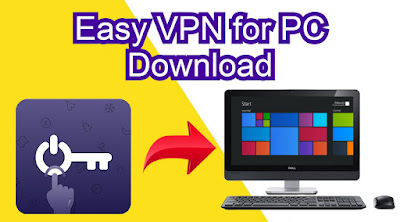

- #How to use a vpn on a mac computer how to
- #How to use a vpn on a mac computer install
- #How to use a vpn on a mac computer manual
- #How to use a vpn on a mac computer password
- #How to use a vpn on a mac computer download
Open the drop-down menu and choose “VPN” so you can enter your VPN’s details. Then follow the instructions above for setting up the VPN.Īs with the other formats here, there are apps that automatically guide you through the setup process, but you can also do it yourself manually.Find the correct certificate in the list and click “Import.”

#How to use a vpn on a mac computer password
You can save your identity and password if you like. Add all of the necessary information, which may include server hostname, service name, provider type, pre-shared key, username, and password.Click on “Add connection” and then on “OpenVPN / L2TP.” (You may also find the name of your VPN in the “Add connection” list, which will make things easier.).Click on the time in the lower-right corner of your screen, then click on “Settings.”.
#How to use a vpn on a mac computer install
To install a VPN that works with one of these formats: Chrome OS has native support for L2TP / IPsec. Chrome has native support for L2TP / IPsec and OpenVPN.
#How to use a vpn on a mac computer how to
No matter which you choose, after opening your VPN app, it should prompt you with instructions on how to fully set it up.
#How to use a vpn on a mac computer download
To get started, you can head to the Google Play store and get the VPN app from there, or download one from the VPN’s website. While using a VPN with a Chromebook used to be a problem, these days, there are several (like ExpressVPN or NordVPN) that have versions specifically for Chrome OS.
#How to use a vpn on a mac computer manual
But whether your device uses macOS, Chrome OS, Windows 10, iOS, or Android, if you’d like a quick overview of what’s involved before selecting a service, or if you prefer to do a manual setup, we’ve broken down the steps into straightforward instructions for you. Most VPN apps these days support the OpenVPN protocol, making setup a simple matter of allowing the app access to configure the settings for you. However, for this article, we’re going to concentrate on VPN apps that you can load on your laptop or phone so you can use the internet safely while away from your home base. In addition to their security benefits, VPNs can come in handy when you’re trying to access sensitive informationĪt home, you can set up your VPN through your router, which takes a few more steps, but then any devices connected to your router won’t need to be configured individually this can also slow down all traffic that goes through. Some even claim they can allow you to jump firewalls in heavily regulated countries such as China. In addition to their security benefits, VPNs can be handy when you’re trying to access sensitive information, or if you’re traveling in Europe and want to stream Netflix or Amazon Prime titles only allowed in the US. Others include enabling two-factor authentication and using a password manager. Note that getting a VPN is only one of the measures you can take to make your web browsing more secure. However, for the most part, a VPN offers you a way to hide your online activity from others. (A good rule of thumb is to avoid free VPNs, because if they’re not charging you a fee, they may be monetizing in some less desirable way.) In addition, law enforcement can get its hands on your information through the VPN company. Of course, the VPN itself can still see your traffic, which is why you should choose a VPN from a company you trust. In a nutshell, a VPN establishes a secure, encrypted connection between your device and a private server, hiding your traffic from being seen by others. Whether you’re working on a public Wi-Fi network and want to escape prying eyes, or you’re worried about privacy in general, a VPN can offer a lot of benefits. Virtual private networks (VPNs) can offer an additional layer of security and privacy for your online activity.


 0 kommentar(er)
0 kommentar(er)
